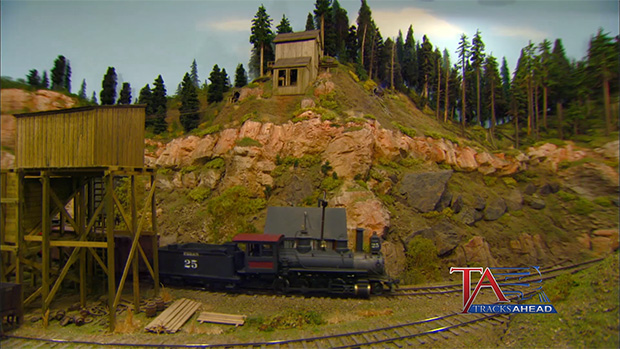
Having trouble viewing this video? Please visit our Video FAQ page Paul B. Scoles was an inspired modeler with remarkable talents. This video showcases his freelance Sn3 (narrow gauge) layout set in coastal northern California in 1895. […]
Read More…
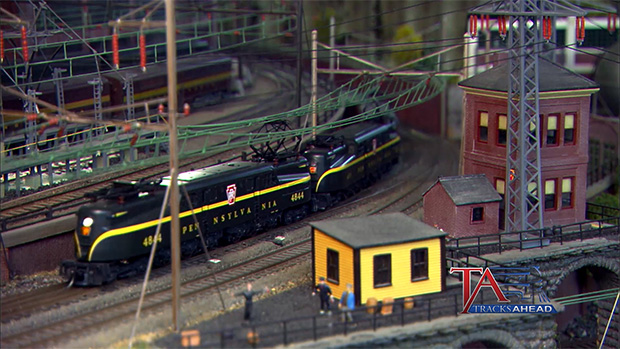
Having trouble viewing this video? Please visit our Video FAQ page This Tracks Ahead layout visit highlights Bill Kachel’s HO scale depiction of the mighty Pennsylvania Railroad running under catenary between New York City and Pittsburgh. […]
Read More…

Having trouble viewing this video? Please visit our Video FAQ page This Tracks Ahead layout visit highlights Bill Kachel’s HO scale depiction of the mighty Pennsylvania Railroad running under catenary between New York City and Pittsburgh. […]
Read More…
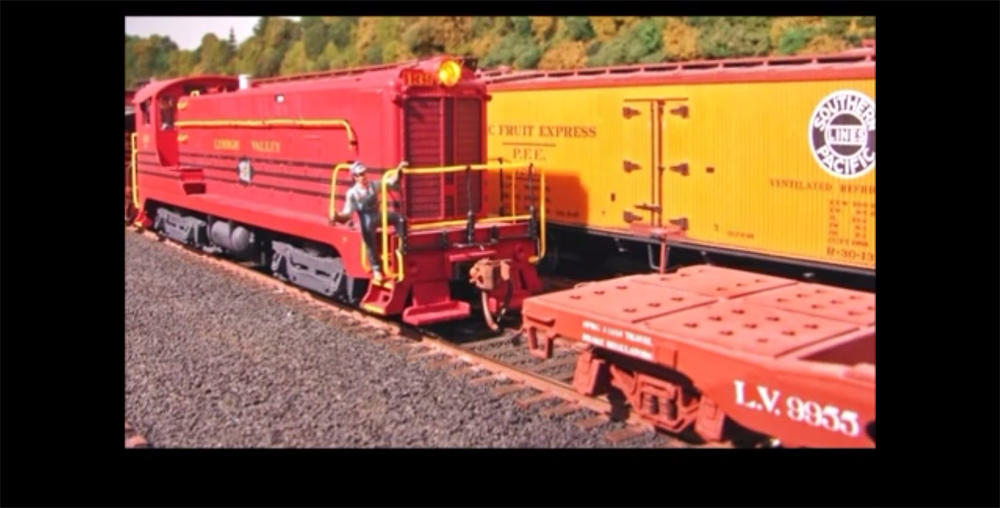
Here’s a video of realistic uncoupling techniques for model trains using dual magnets on my Lehigh Valley RR layout. Video shot by Chuck Davis […]
Read More…

Here’s a video of realistic uncoupling techniques for model trains using dual magnets on my Lehigh Valley RR layout. Video shot by Chuck Davis […]
Read More…
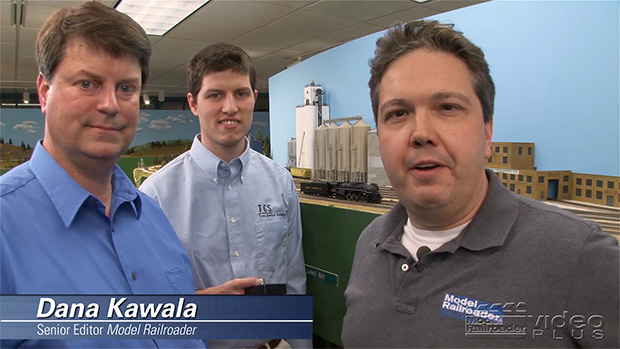
Having trouble viewing this video? Please visit our Video FAQ page John and J.D. Forsythe of Train Control Systems stop by Model Railroader magazine’s MR&T HO scale layout to demonstrate a steam locomotive equipped with a TCS WOWSound decoder. DCC Programming host Dana Kawala has them talk through the helpful TCS audio-assist feature that […]
Read More…

Having trouble viewing this video? Please visit our Video FAQ page John and J.D. Forsythe of Train Control Systems stop by Model Railroader magazine’s MR&T HO scale layout to demonstrate a steam locomotive equipped with a TCS WOWSound decoder. DCC Programming host Dana Kawala has them talk through the helpful TCS audio-assist feature […]
Read More…
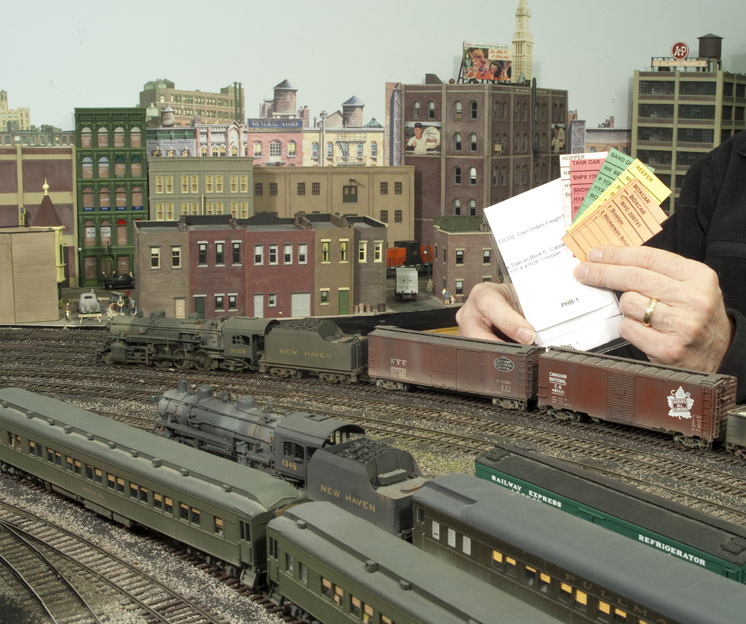
The hybrid sequence lists John Pryke uses on his HO scale New Haven Cape Cod branch specify the switching work to be done and provide authority for trains to move between stations. Here the Boston yard operator is placing outbound waybills and the train’s sequence list into the train pouch. Most modelers build their first […]
Read More…
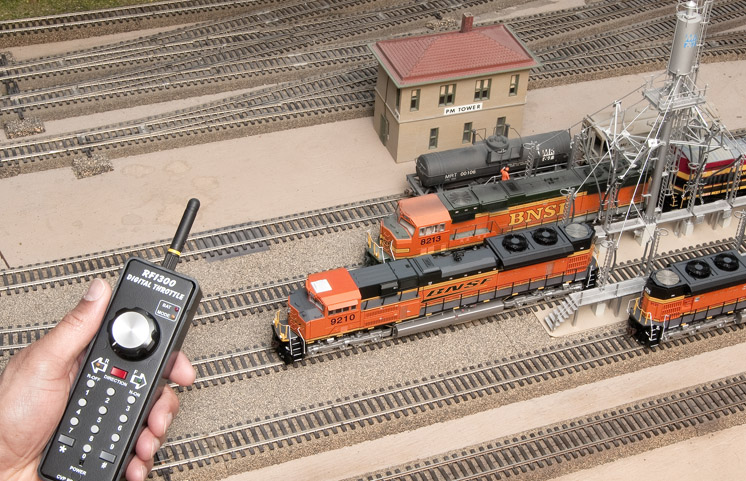
Too many sound-equipped locomotives in one place, like those shown here on the MR&T, can spell trouble for a DCC layout. Paul Dolkos takes you through the steps he used to set up power districts on his HO model railroad. Imagine you’ve just begun running trains on a layout equipped for Digital Command Control (DCC) […]
Read More…
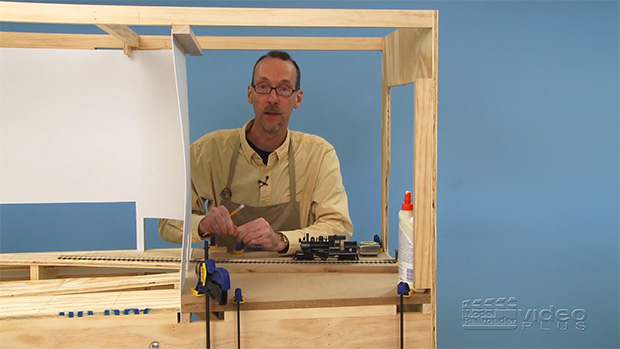
Having trouble viewing this video? Please visit our Video FAQ page The sector plate used to transfer trains from one track to another is just one of the many intriguing features included on MRVP’s On30 Olympia Logging Co. display-style layout. David Popp walks you through sector plate and base assembly, installation, and alignment steps, […]
Read More…

Having trouble viewing this video? Please visit our Video FAQ page The sector plate used to transfer trains from one track to another is just one of the many intriguing features included on MRVP’s On30 Olympia Logging Co. display-style layout. David Popp walks you through sector plate and base assembly, installation, and alignment steps, […]
Read More…
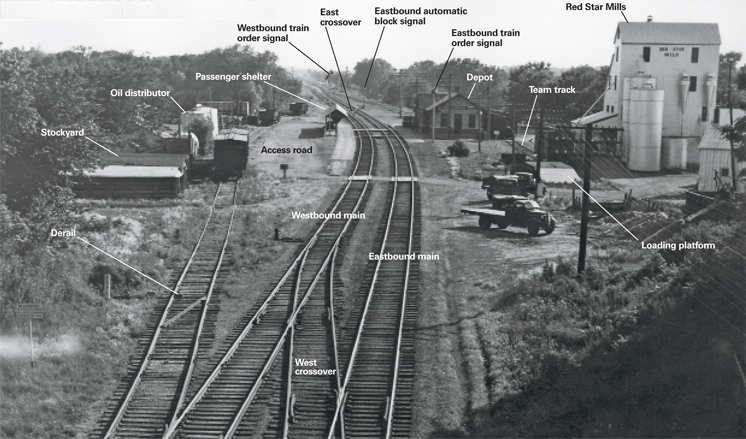
For many years small towns were a major source of traffic for railroads all across the country. Long before anyone ever heard of freeways, the railroads moved all sorts of carload and less-than-carload lot (LCL) freight that kept the local businesses and nearby agricultural economy going. A local station agent-operator was the railroad’s representative who […]
Read More…








